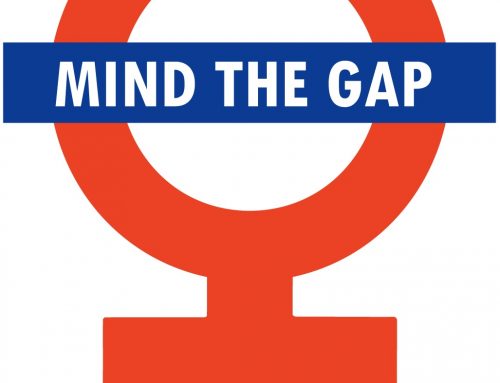It is well established that companies with women in leadership positions do well overall. As women strive to achieve equality in the workplace, it has become clear that want and effort alone will not get the job done. Women account for fewer than 15% of Fortune 500 executives. Companies, finally beginning to realize that a more balanced demographic among employees will only benefit them, are taking steps to create and maintain a gender-diverse workforce. Incorporating flexible work arrangements, mentoring, and talent development programs are some of the tactics they are using. Is it working and who are the corporations leading the way?
In 2009, Kimberly Clark, a company with a customer base that is 83% women, realized that women were underrepresented both on their board of directors and in leadership roles. They decided to take a closer look at the problem. They found that women feared promotions would come at the cost of family time and that flexible work arrangements stigmatized them as “unserious” about their careers. Kimberly Clark decided to address each problem and came up with solutions such as more generous maternity leave, later start times, and sponsorship programs. To attempt to de-stigmatize flexible work arrangements, they took a top-down approach. Women at the vice president level began to participate in flex programs. In addition, managers began promoting individuals based on potential and not solely on experience. As a result, women held 26% of director-level positions, compared to 19% in 2009. They increased the number of women on their board of directors, and the stock price went from $63.71 in 2009 to $104.46 in 2013.
Lockheed Martin looked at their workforce and made a strategic business decision. They felt that gender parity would provide them with a competitive advantage and implemented programs to achieve their goals of a diverse workforce. They built a diverse STEM pipeline through educational programs for young people, especially women, and also through recruiting efforts. Leaders, particularly male leaders, attended inclusion workshops and training. They instituted networking events for women as well as development programs. To track these programs, they established feedback channels. In addition to a female Chairman, CEO, and President, women on their board of directors comprise 33% compared to 13% in 2004. Senior leaders and executives went from approximately 16% to 21.7% and 19.5%, respectively.
Unilever and Coca Cola both set goals of achieving gender parity over the next several years. While the statistics do look promising – and Kimberly Clark seems to have had a resounding success with its programs – some of the numbers have only inched up a few percentage points. It is interesting to note that many of the companies do generally use similar tactics such as mentoring and flexible work arrangements. Additionally, pay disparity has remained steady at 77 cents earned for every dollar a man earns. This leads me to think that there is something missing. These companies have certainly made a concerted and admirable effort to increase women in leadership and to retain them. There is more we could do – and perhaps we need to hear from women outside of a company survey about what they think might move the gender gap in corporate America.
References:
Murray, Sara. “How One Company Put Women in Charge,” WSJ Blogs, April 1, 2014. http://blogs.wsj.com/atwork/2014/04/01/how-one-company-put-women-in-charge/?KEYWORDS=flexible+work
Knowledge Center, www.catalyst.org Lockheed Martin: http://www.catalyst.org/knowledge/lockheed-martin-corporation-women-accelerating-tomorrow






